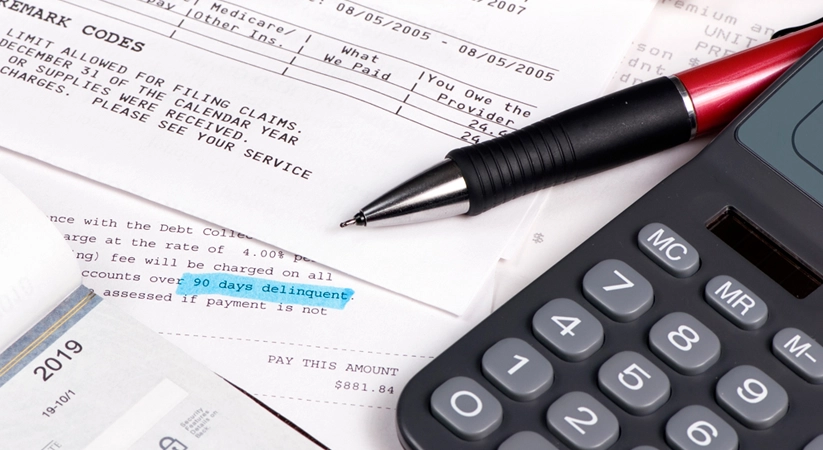How does the Federal Insurance Contributions Act (FICA) affect my taxes?
Published:
Calculate your FICA bill and understand what you are paying for
You may have noticed a bigger bite out of your paycheck since January, 2013.
The monster responsible is payroll taxes. That is because politicians allowed the payroll tax holiday to expire, so employees must shell out an additional 2% of their pay.
How did we let this happen?
It all started with the Social Security Act in 1935. At the time, Roosevelt was attempting to bolster the economy and spare taxpayers from utter poverty with his New Deal policies. His administration created Social Security to help workers provide for their lives after retirement since many people had lost their life savings when the stock market crashed in 1929.
The Federal Insurance Contributions Act (FICA) was the tax levied to pay for social security benefits. Back then, the tax was under 3%, but the rate grew steadily. Medicare, the government’s health insurance plan, was added in the 1960s to bring the rate to its current total.
Payroll taxes are typically split between employer and employee. Each party takes 6.2% for Social Security and 1.45% for Medicare. Self-employed taxpayers fork out the total 15.3% all by themselves, putting the pressure on their clients to pay them more than they would receive as a salaried employee for the same work.
The recent tax holiday changed all that.
Because of the stagnating economy, politicians instituted a payroll tax holiday in 2010. The holiday reduced the employee’s responsibility for payroll taxes by 2%. The hope was that the saved money would be injected directly into the economy and stimulate growth. Initially the holiday was intended to last only one year, but it was reinstituted for 2012, as well. And that is why for the last two years, your individual tax return has been 2% shy of its normal mark.
Now that the holiday is over, salaried employees will note a slight drop in their paychecks because employers withhold payroll taxes automatically.
If you earn $30,000 per year, then you will pay an extra $600 over the course of the tax year. If you earn $60,000, then $1,200 more in taxes will be owed.
The formula looks like this:
Adjusted Gross Income x .02=Additional FICA Tax
READ: What is modified adjusted gross income?
Self-employed workers and small businesses need to pay extra attention to the added tax because they determine their withholdings manually. Taxpayers in these categories pay estimated taxes on a quarterly basis based on their expected annual earnings. If these payments fall short of their tax obligation at end of year, the remaining deficit must be paid in a timely fashion. Penalties and interest will be levied otherwise.
If you are interested in knowing the intricacies of self-employed contributions to social security, read my article, “Why is my Self-Employed Contributions Act (SECA) Tax more than my friend’s Federal Contributions Act (FICA) Tax?”



